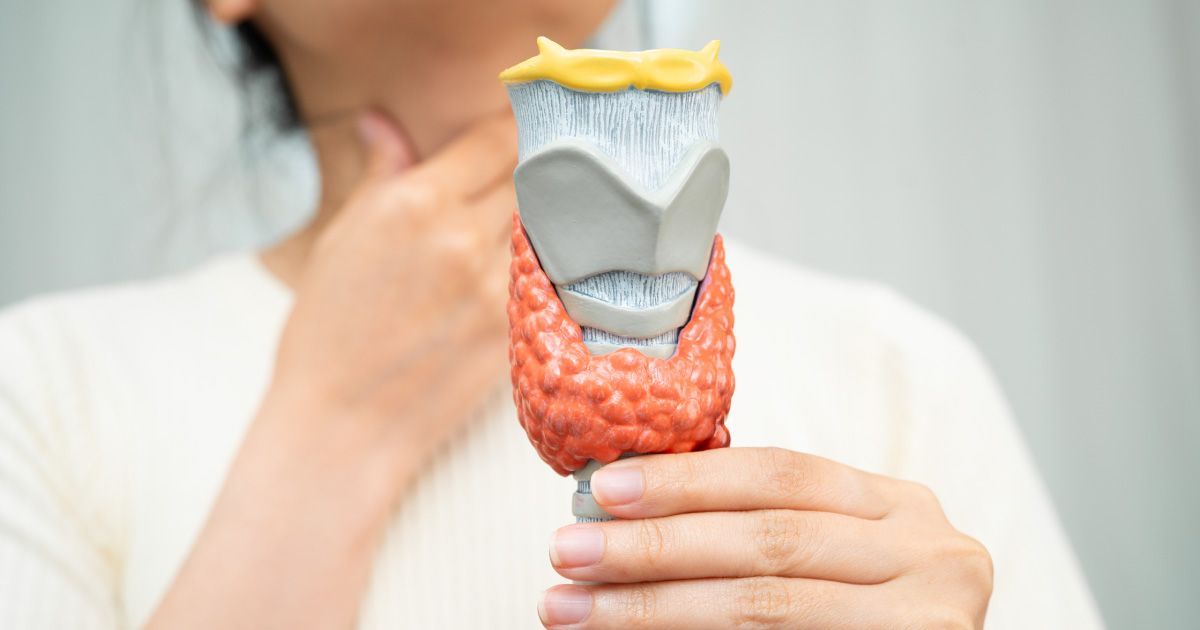7 Eye Care Myths to Leave Behind in 2025

Read time: 6 minutes
Many myths about eye care still persist today, causing confusion and potential harm to our vision. Misunderstandings can lead people to take improper care of their eyes, thinking they are helping when they are not. It is essential to know the truth to maintain healthy eyes.
Understanding these myths and building good habits can help you protect your vision. By learning the facts, you can make better choices for your eye health. Let's leave these myths in 2024 and embrace the science-backed truths for healthier vision.
1. Carrots Are Not the Only Food for Good Vision
It is a common belief that eating carrots is the best way to improve your vision, but many other foods are also essential for eye health. Carrots are rich in beta-carotene, which is important for vision, but they are not the only beneficial food. Foods such as leafy green vegetables, citrus fruits, and fish also play a crucial role in keeping your eyes healthy.
Leafy greens like spinach and kale contain lutein and zeaxanthin, antioxidants that help protect your eyes from harmful light. Citrus fruits like oranges and lemons are high in Vitamin C, which helps maintain the health of blood vessels in your eyes. Omega-3 fatty acids found in fish like salmon and tuna support the proper functioning of the retina.
Incorporating a variety of these foods into your diet can provide a greater range of nutrients that are beneficial for eye health. Limiting the belief to only eating carrots means missing out on these other crucial nutrients.
Read our informative blog article about the link between healthy eating and good eyesight.
2. Sitting Too Close to the TV Will Ruin Your Eyes
One of the most persistent myths is that sitting too close to the TV will harm your eyes. This is not true. Scientific evidence shows that sitting close to a TV screen does not cause permanent damage to your eyes. It may cause temporary discomfort such as eye strain, but it will not ruin your eyesight.
Eye strain can occur when you focus on a screen for long periods without breaks. Instead of worrying about your distance from the TV, it's more important to follow the 20-20-20 rule to prevent eye strain. Every 20 minutes, take a 20-second break and look at something 20 feet away. This helps your eyes relax and reduces strain.
Ensuring proper lighting in the room and reducing screen glare can also help prevent eye strain. Adjust the brightness of your screen to a comfortable level, and make sure you sit in a well-lit room to avoid causing undue stress on your eyes. By following these tips, you can watch TV comfortably without worrying about harming your vision.
3. Reading in Dim Light Destroys Your Eyes
Many people believe that reading in dim light will ruin your eyes, but this is a myth. Reading in low light does not cause any permanent damage to your vision. It can, however, cause temporary discomfort such as eye strain or headaches.
Eye strain occurs when your eyes work harder to focus in dim light. To prevent this discomfort, try to read in well-lit areas. Use a good reading lamp that provides enough light without creating glare. Position the light source behind you so it illuminates the page you are reading.
You can also take breaks while reading to rest your eyes. Look away from the book every 20 minutes and focus on something at a distance for about 20 seconds. Using these tips can make reading more comfortable and help maintain good eye health.
4. Only Older People Need Regular Eye Exams
A common misconception is that only older people need regular eye exams. In reality, eye exams are important for everyone, regardless of age. Regular checkups can detect vision problems and eye diseases early, preventing further complications.
Children need eye exams to ensure their vision is developing properly. Poor vision can affect learning and development. Adults should also get regular exams to monitor for changes in vision and catch conditions like glaucoma or macular degeneration before they worsen.
Skipping regular eye exams can lead to undiagnosed issues that could become serious over time. Early detection and treatment are crucial for maintaining good eye health. Regular eye exams help ensure that any problems are addressed promptly, reducing the risk of severe vision loss.
5. Rubbing Your Eyes Is Harmless
It might feel good to rub your eyes when they’re itchy or tired, but doing so can be harmful. Vigorous rubbing can damage the delicate blood vessels under your eyes, leading to redness or dark circles. More concerning, rubbing can weaken the cornea over time, especially if you have a condition like keratoconus, where the cornea gradually thins and bulges into a cone shape.
Additionally, your hands carry bacteria and irritants that can transfer to your eyes, increasing the risk of infections such as conjunctivitis. Instead of rubbing, use a cool compress to soothe discomfort or rinse your eyes with sterile saline solution. If irritation persists, consult an eye care professional.
6. Crossing Your Eyes Will Make Them Stay That Way
A common myth is that crossing your eyes for too long will cause them to stay permanently crossed. This is not true. The muscles controlling your eye movements are incredibly flexible and are designed to return your eyes to their normal position. Crossing your eyes is a voluntary action, and your eyes will naturally return to alignment once you relax the muscles.
However, if someone experiences consistent misalignment of their eyes, known as strabismus, it is unrelated to crossing their eyes intentionally. Strabismus requires medical attention and can often be treated with corrective lenses, vision therapy, or surgery. Crossing your eyes for fun won’t lead to any lasting effects, but it’s still better to avoid prolonged strain.
7. Eye Exercises Can Cure Vision Problems
Some people believe that doing certain eye exercises can cure refractive errors like nearsightedness, farsightedness, or astigmatism. While eye exercises can improve certain conditions, such as convergence insufficiency (difficulty focusing on close objects), they cannot eliminate the need for glasses, contact lenses, or corrective surgery for most refractive errors.
Refractive errors occur due to the shape of the cornea or lens, which exercises cannot alter. Eye exercises may help reduce eye strain and improve focus flexibility, but they should not replace professional care or treatments. If you have vision concerns, consult an optometrist or ophthalmologist to explore effective options tailored to your needs.
The Takeaway
Eye care myths can lead to misconceptions that may inadvertently harm your vision or prevent you from seeking the right care. By debunking these myths and embracing scientifically proven practices, you can take meaningful steps toward maintaining healthy eyes. From incorporating a well-rounded diet to understanding the importance of regular eye exams, it’s clear that informed decisions are key to long-term eye health.
Remember, your eyes are as unique as your fingerprint, and caring for them requires attention, awareness, and professional guidance. Let’s leave these outdated myths behind and move forward with the knowledge that empowers us to protect and cherish our vision for years to come.
At Urban Optiks Optometry, our dedicated team provides expert advice and care to help you maintain optimal eye health. Book your appointment today and see the difference professional eye care can make!
Share this blog post on social or with a friend:
The information provided in this article is intended for general knowledge and educational purposes only and should not be construed as medical advice. It is strongly recommended to consult with an eye care professional for personalized recommendations and guidance regarding your individual needs and eye health concerns.
All of Urban Optiks Optometry's blog posts and articles contain information carefully curated from openly sourced materials available in the public domain. We strive to ensure the accuracy and relevance of the information provided. For a comprehensive understanding of our practices and to read our full disclosure statement, please click here.


















